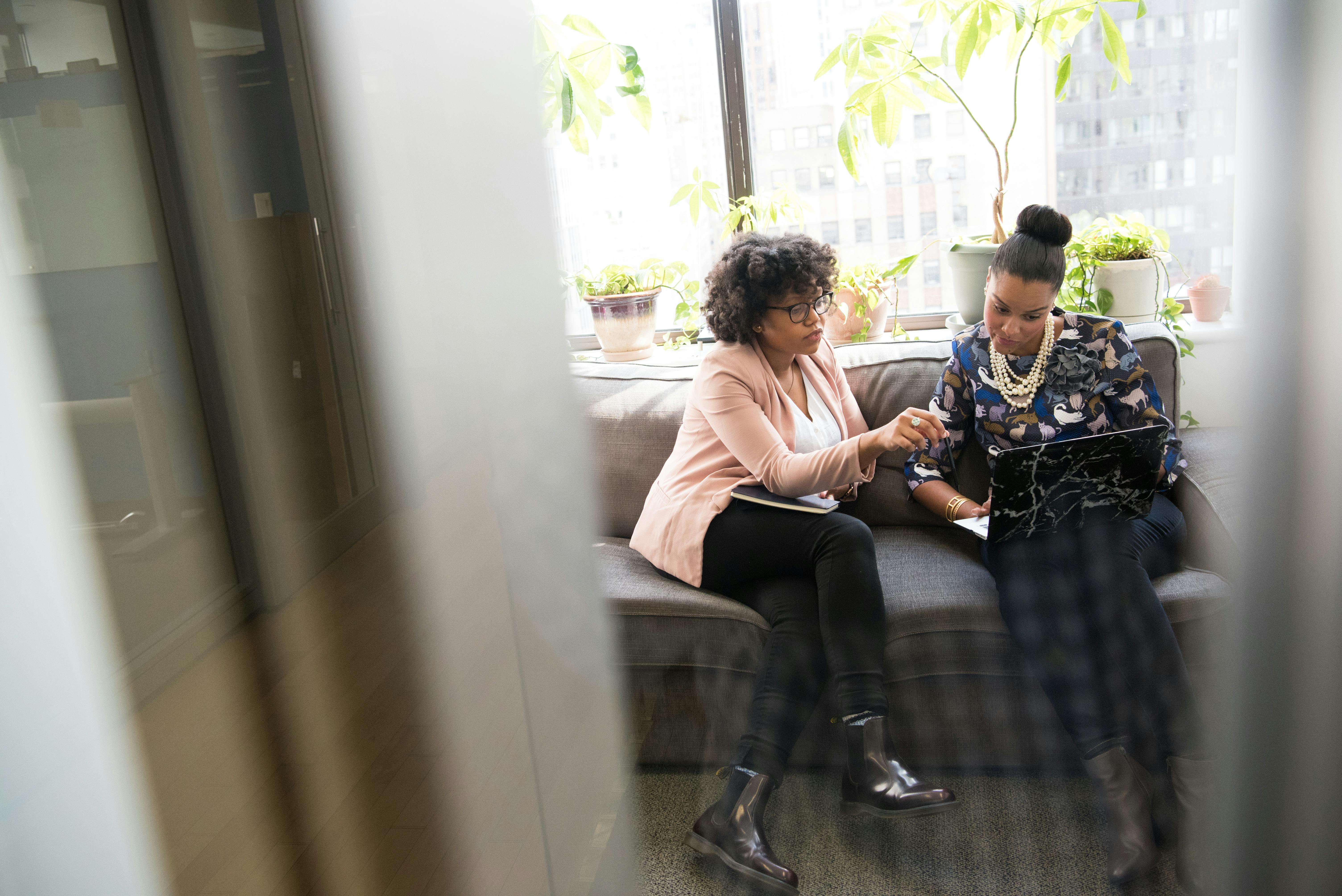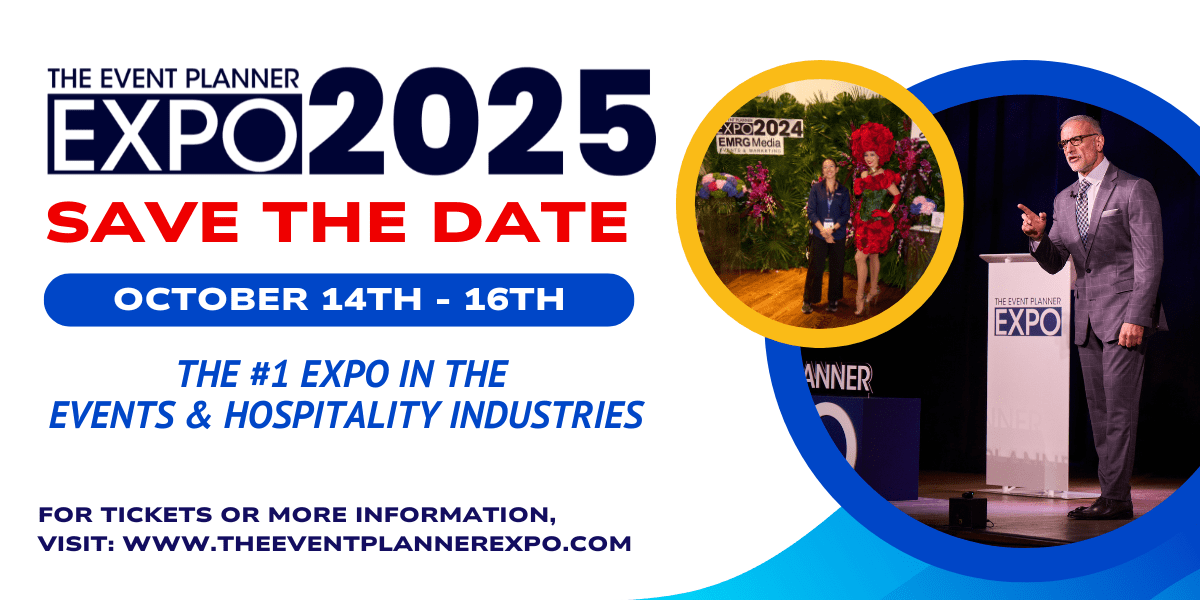Next-Gen Corporate Lounge Ideas Planners Are Loving

We all know what a corporate lounge looks like. The bright, yet soft, safe lighting, the neutral furniture arranged for casual connections, and that one logo pillow to let you know where you are. It’s time to say goodbye to that. If you are tired of a stereotypical corporate lounge, imagine what your event guests feel. Today’s forward-thinking event planners are turning the corporate lounge into a space where guests actually want to linger, connect, and post about it. Here’s how planners are bringing lounge design into its next era.
1. Zones with Purpose, Not Just Seating
The best corporate lounges benefit from the same approach as the rest of the event. A form of personalization that turns the lounge space into one that has intention. Instead of having a generically large space with scattered sofas, create recognizable zones.
-
- Focus Spaces for one-on-one meetings or video calls.
- Recharge corners with low lighting and ambient sound.
- Social clusters where guests can collaborate and brainstorm.
Each zone serves a mood and a goal, keeping guests comfortable while the event keeps moving.
2. Textures and Materials That Calm the Mind
The look of corporate lounges is shifting from sleek and sterile to soft and sensory. Designers are layering:
-
- Velvety seating with curved edges.
- Natural woods and stone surfaces.
- Matte metals that add shine without glare.
The effect is less “office breakout room,” more “modern hospitality suite.” Planners know that the environment shapes emotion, and calm minds are better for conversation.
3. Color Stories That Tell Brand Truths
Color isn’t an afterthought; it’s a strategy. Cool neutrals still work for elegance, but planners are weaving in warmer tones to make spaces feel approachable. Brands are expressing values through palettes: green for growth, amber for optimism, deep blue for stability.
Lighting plays a starring role, too. Adjustable LEDs that shift hue through the day help maintain energy flow, from morning networking to evening cocktails.
4. Built-In Branding That Doesn’t Shout
No one wants to lounge inside a logo. The new approach is subtle branding through design language.
-
- Custom textiles with tone-on-tone patterns of a brand motif.
- Projection-mapped walls that gently animate the company’s colors.
- Coffee tables that display rotating digital visuals or client stories.
It’s identity without intrusion, and it photographs beautifully.
5. Wellness Lounges for Overloaded Attendees
Event fatigue is real. Smart planners are designing lounges that invite pause, not productivity.
Think guided breathing stations, soundproof mini-suites, aromatherapy mist, and hydration bars. Some even include short “reset sessions” with a meditation coach or light stretching. Attendees leave refreshed, not restless, and often more open to conversation after.
6. Tech-Integrated Furniture
Charging stations used to be an afterthought. Now they’re built into everything. Tables with wireless chargers, armrests with USB ports, and discreet outlets under each seat mean guests never have to hunt for power.
Some lounges go further with touchscreen tables for digital note-sharing, real-time polls, or virtual networking for hybrid guests. The best part? It all feels seamless, not showy.
7. The Rise of Modular Design
A poorly designed corporate lounge remains empty the majority of the event. Then, it gets heavily used during one specific time. This isn't effectively utilizing the space. Rethink your approach and make the lounge a flex space. Use catering, furniture, and lighting to signal the changing uses throughout the day. The morning is perfect for planning and organizing the day. The afternoon can turn it into a place for rest and recharging. The evening could bring cocktail hours and receptions.
Lightweight, lockable pieces make transitions fast, while creative floor plans keep the vibe fresh. It’s the lounge that adapts as the event evolves.
8. Hospitality Meets Strategy
Catering no longer takes a back seat. If you're refreshments are an afterthought, you are falling behind. Today's corporate lounges are an extension of the rest of the event. Event guests want to see curated small plates, signature drinks, and crafted coffee.
By elevating your catering in the corporate lounge, you keep guests engaged and happy. The effect is a reduction in attendance loss, as guests no longer feel the need to leave to find sustenance. It’s nourishment with narrative.
9. Private Lounges for VIP Networking
Top-tier attendees expect more than a velvet rope. They want intimacy and discretion.
Exclusive lounges that are tucked behind main halls or up on mezzanine levels offer privacy for executive conversations or investor intros. The design is elevated but understated: plush seating, acoustic panels, personal attendants. It’s not flashy. It’s confident.
10. Multi-Sensory Touchpoints
The next wave of lounge design activates every sense.
-
- Sight: Dynamic projections that evolve through the event.
- Sound: Curated playlists or live acoustic sets to soften the space.
- Scent: Custom fragrances tied to the brand’s essence.
- Touch: Soft textiles, cool marble, and balanced temperature zones.
Together, they create environments where guests don’t just see; they feel.
11. Art as Connection
Art is showing up in lounges not as décor but as conversation starter. Interactive murals, AI-generated visuals, and local artist collaborations give guests something to talk about beyond business.
Some planners are commissioning artists live during the event, capturing its energy in real time. That finished piece becomes part of the brand story long after the event ends.
12. Lounges That Go Green
Sustainability has moved from buzzword to baseline. Recyclable materials, locally sourced furnishings, and energy-efficient lighting are table stakes.
Forward-thinking planners are even designing lounges that show sustainability in action. Think live plant walls that purify air or QR-coded furniture tags revealing where each piece was made.
Guests don’t just rest there; they’re reminded of the brand’s values with every detail.
13. Interactive Networking Walls
Picture this: a digital wall where guests tap their badges to share contact info, interests, or favorite sessions. It displays real-time “match moments” and conversation prompts. It’s social networking, only analog enough to feel real.
These tech walls bridge physical and digital audiences, helping introverts connect as naturally as extroverts.
14. Lighting That Moves with Mood
Lighting dictates how long people stay. The new approach is to design lighting that evolves with the day.
Morning: bright and energizing.
Afternoon: soft and diffused.
Evening: moody, intimate, a little glamorous.
By the time guests head out, they’ve felt like the lounge has been alive alongside them.
15. The Lounge as Brand Memory
The modern corporate lounge isn’t a resting point. It’s an impression machine. The furniture, the soundscape, the service, the scent, everything tells a story about who the brand is and what it stands for.
Guests may forget a logo, but they’ll remember how they felt in the space that carried it.
Learn More About Creating Memorable Corporate Lounges
Reading about new ideas and trends is a start, but it doesn’t paint the whole picture. Connecting with other NYC event planners is a must to get a full understanding of the current event planning industry. Get inspired at The Event Planner Expo 2026. It’s the only place where you can meet other planners and designers. Expo 2026 dates will be announced soon. Stay tuned!
